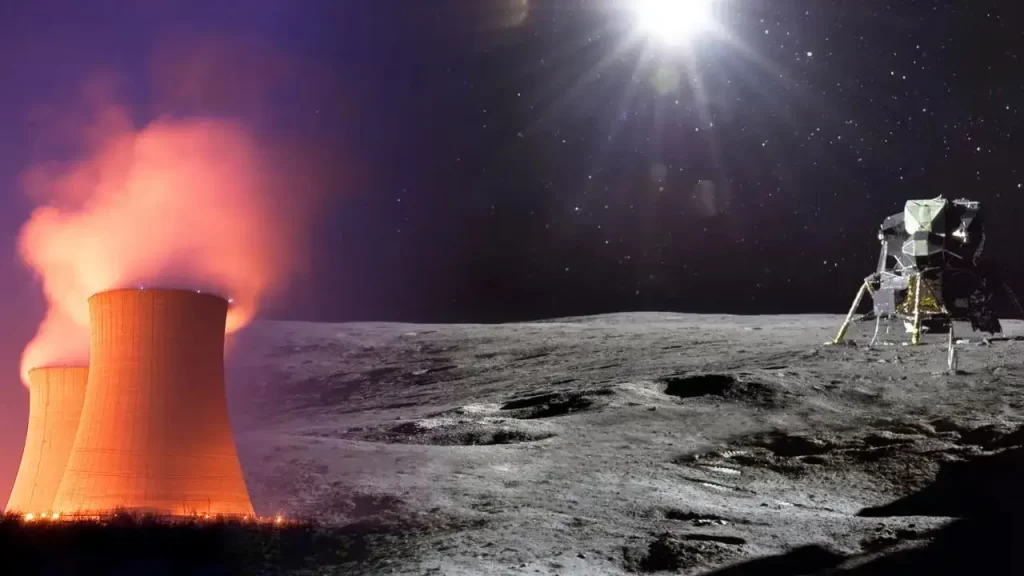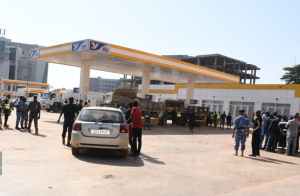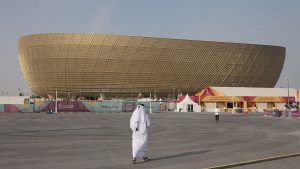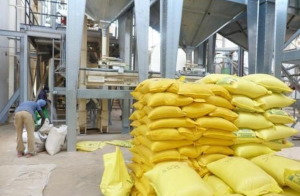Science/Technology: NASA accelerates lunar nuclear power plans amid new space race

NASA is fast-tracking development of a nuclear reactor for the Moon by 2030, as geopolitical tensions reshape lunar exploration priorities. The agency’s interim leader, Sean Duffy, cited competing Chinese and Russian plans including their joint 2035 nuclear station as justification for urgent action, warning of potential territorial claims via “keep-out zones.”
The proposed 100-kilowatt fission system, dwarfed by terrestrial wind turbines, would power future bases during the Moon’s two-week nights. While scientists agree nuclear is the only viable option for sustained operations, the timeline raises eyebrows.
Lancaster University’s Lionel Wilson notes technical feasibility but stresses the need for “enough Artemis launches” to support infrastructure.
Safety and budget concerns loom large. Launching radioactive material requires special permits, and NASA faces 24% budget cuts in 2026 including key science programs like Mars Sample Return.
Critics argue the push prioritizes politics over science, echoing Cold War-era rivalries. “Competition drives innovation, but narrow nationalism risks obscuring exploration goals,” warns Open University’s Dr. Simeon Barber.
The Artemis Accords, signed by seven nations in 2020, complicate matters with provisions for “safety zones” around lunar assets; a potential precursor to de facto territorial claims.
With Artemis 3’s crewed landing already delayed to 2027, skeptics question whether the reactor plan outpaces NASA’s troubled logistics. As Barber notes: “Nuclear power is useless without transport infrastructure.”






